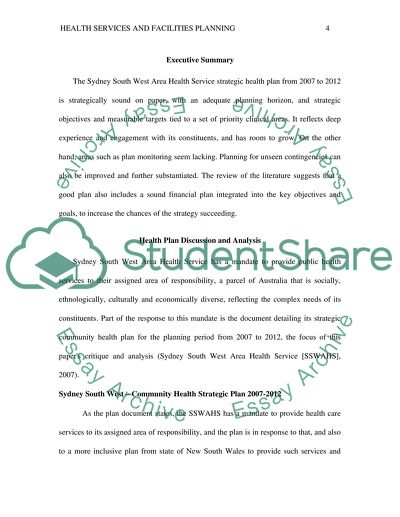Cite this document
(“Health Services and Facilities Planning Coursework”, n.d.)
Health Services and Facilities Planning Coursework. Retrieved from https://studentshare.org/health-sciences-medicine/1456112-health-services-and-facilities-planning
Health Services and Facilities Planning Coursework. Retrieved from https://studentshare.org/health-sciences-medicine/1456112-health-services-and-facilities-planning
(Health Services and Facilities Planning Coursework)
Health Services and Facilities Planning Coursework. https://studentshare.org/health-sciences-medicine/1456112-health-services-and-facilities-planning.
Health Services and Facilities Planning Coursework. https://studentshare.org/health-sciences-medicine/1456112-health-services-and-facilities-planning.
“Health Services and Facilities Planning Coursework”, n.d. https://studentshare.org/health-sciences-medicine/1456112-health-services-and-facilities-planning.


